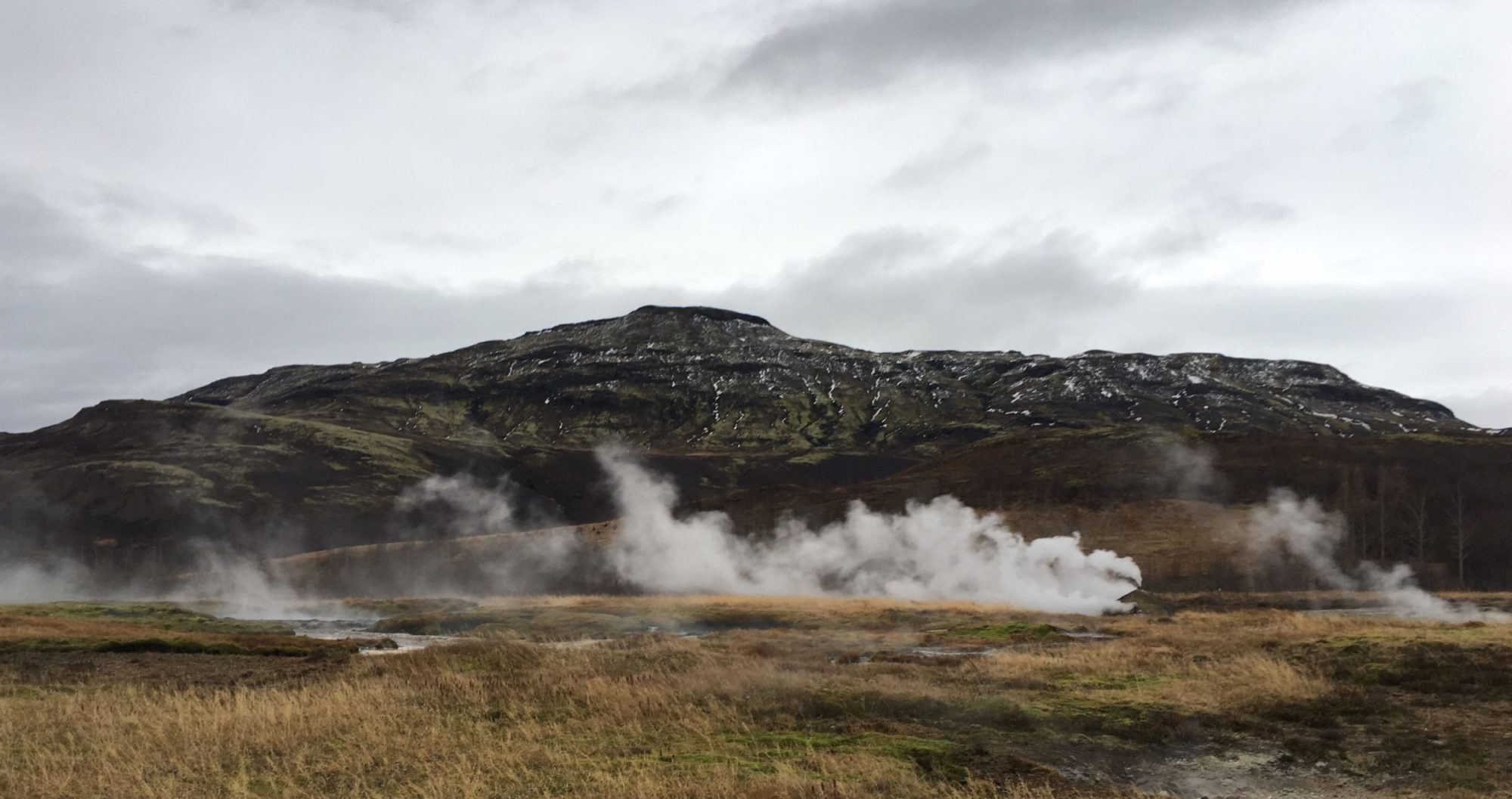The Final Frontier chapter describes human space flight and the problems associated with it.
The Body’s Reaction to Space
If the human body is unprotected in space, air would rush out of the lungs, dissolved gases in the blood would vaporize, air trapped in organs would expand and rupture the organ, and the cold air would freeze the body, leaving the human unconscious within seconds.
How a Spacecraft Works
Spacecrafts are used which provide a breathable atmosphere and protection against the extreme pressure of space. Temperature control is maintained around 18 to 27 degrees Celsius and is critical since one side of the aircraft is heated by the sun while the other is frozen by the cold space.
Problems During Space Flight
Man can only survive in space if he takes his environment with him but, even when protected by a spaceship, space flight presents several physiological problems.
There is an additional acceleration imposed on the body to escape Earth’s gravity. The positive g is the pull of Earth’s gravity, simulating an eyeballs in experience and pulling blood toward the legs, and the negative g is the opposite, simulating an eyeballs out experience and pulling the blood toward the head. The larger the g force, the less capable the body can function. Also, there is the weightlessness experienced once in space which can cause motion sickness, the redistribution of fluids, and the loss of bone and muscle mass. The body adjusts by increasing urine output and decreasing fluid intake, causing weight loss. Astronauts will wear elastic straps around their legs to restrict the redistribution of blood towards the head. Further, red blood cell production is drastically decreased due to the increased amount of blood in the chest, falsely signaling to the body that there is elevated blood volume from microgravity. Also, the body’s circadian rhythm is disrupted, resulting in difficulty sleeping. A spacecraft can also be plagued by respiratory illnesses very quickly since bacteria can float in the weightless environment. Space sickness can cause nausea, dizziness, headaches, and irritability. There are three types of cosmic radiation that astronauts experience: galactic rays, solar radiation, and trapped belt radiation. Long term exposure to radiation can lead to damaged genetic material and cancer.
Problems Upon Returning to Earth
The most dangerous part of space-flight is probably re-entry into the Earth’s atmosphere and touchdown.
When bringing the aircraft back to Earth, there is extreme heat produced by the friction between the aircraft and Earth’s atmosphere. The bodies of astronauts have also adapted to microgravity which leads to many physiological issues. Many astronauts will faint upon standing, a phenomenon called orthostatic intolerance, since the blood supply to the head has been reduced and the blood volume has been decreased. Astronauts also have less muscle and bone mass which can take weeks and months to be restored, respectively.
Should We Space Travel?
There are many studies going on to investigate the risks associated with space travel. Right now, many robots are replacing humans in our space programs. Yet, it is clear that many of these risks are small and must be weighed with the benefits of exploring space as well as put into context. For example, there are many populations, such as those in the southwest tip of Britain, that are constantly exposed to high doses of radiation year round. There have also been many advances in the technology to protect astronauts, such as the vacuum trousers to prevent fluid redistribution. Still, space exploration is very expensive and dangerous.

